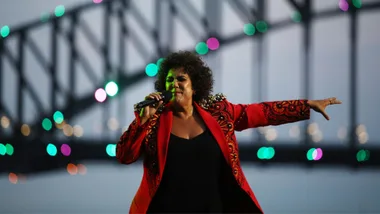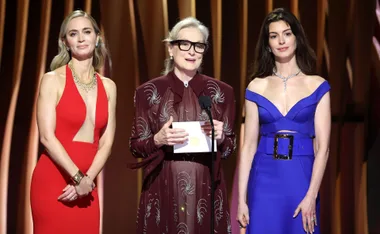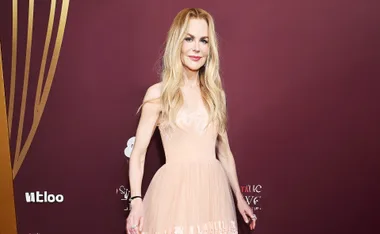In this post-GFC world, the art of frugal living is making a comeback. Ingrid Pyne meets a remarkable woman who has transformed her life and proved that Grandma was right.
Rhonda Hetzel is far too down-to-earth to call it an epiphany as such, but in 2003, she came to a life-changing realisation. Her high-paying job, expensive lifestyle, maxed-out credit cards and retail therapy — none of it was making her happy.
So the 63-year-old made a snap decision to give up work and research how she could live a simpler, more frugal life on her savings and her husband’s pension.
Related: The secret to growing perfect lemons
“That led me to an understanding that you could do a lot of the things yourself that you used to pay for,” she says.
On their half-hectare block in the Sunshine Coast hinterland, Rhonda and her 71-year-old husband, Hanno, now rear their own chickens, grow their own vegetables, bake their own bread, bottle their own jam, preserve their own fruit, brew their own cleaning products and make their own soap.
Saving money has become a full-time occupation. “Some of our friends think I am a bit of a nutcase,” admits Rhonda.
Yet nuts she is not. Her weekly grocery bill has been slashed from about $300 to $70. Rather than buy a coffee when she is out and about, she takes a thermos flask. The same goes for water.
“We buy all this convenience,” Rhonda tells The Weekly. “We pay someone to fill up our water bottle for us or to make a sandwich for us. These aren’t things that take a lot of effort. It’s throwing money away. You can use that money to get something that’s really going to make you happy.”
For Rhonda, that something turned out to be the sense of self-sufficiency and enrichment her new lifestyle has afforded her.
“When I started doing this, I felt incredibly happy and empowered,” she says. “I felt as if I had come home for the first time in years.”
Wind back almost six decades to when little Rhonda Hetzel was growing up in the then working-class suburb of Strathfield, in Sydney’s inner-west, looking on as her mother stretched her father’s meagre pay cheque to the limit.
“She could make half a pound of mince meat last for three meals,” recalls Rhonda, admiringly.
It was the 1950s, a time when nobody had flash cars, TVs or even telephones at home. “Mum would save buttons and she recycled clothes among us girls,” Rhonda says. “We didn’t have any money, but we didn’t feel poor because everyone in our neighbourhood was like us.”
Yet those life skills — like hula hoops and vinyl records — fell out of fashion in the 1980s and 1990s. Women began to boast that they could not sew on a button or boil an egg. A generation of Yuppies was told that greed was good and were urged to spend, spend, spend.
Rhonda admits she got swept up in the trend, slaving away as a technical writer for mining companies, only to buy stuff she did not need. “I used to go to the shops as a recreation. It was all pretty pointless,” she says now.
Related: Rhonda’s Down to Earth blog
In her quest for more meaning, Rhonda realised she wanted an antidote to the rampant consumerism of the late 20th century. A journalist by training, she began to blog about her efforts to downgrade her lifestyle.
At last count, her Down To Earth blog had 3662 followers and 4 million visitors. Next March, Penguin will release Rhonda’s book, also called Down To Earth.
“[My followers] range from people in their early 20s right up to those in their 80s,” says Rhonda. “I am surprised at the number of young people who come in and say, ‘You are like a grandma to me. My mum never taught me these things and I only vaguely remember my grandma doing them. I want to learn’.”
Read more of this story in the October issue of The Australian Women’s Weekly.
Your say: Do you see the appeal of a more simple, back-to-basics life?

Video: Grow your own strawberries






.jpg?resize=380%2C285)




